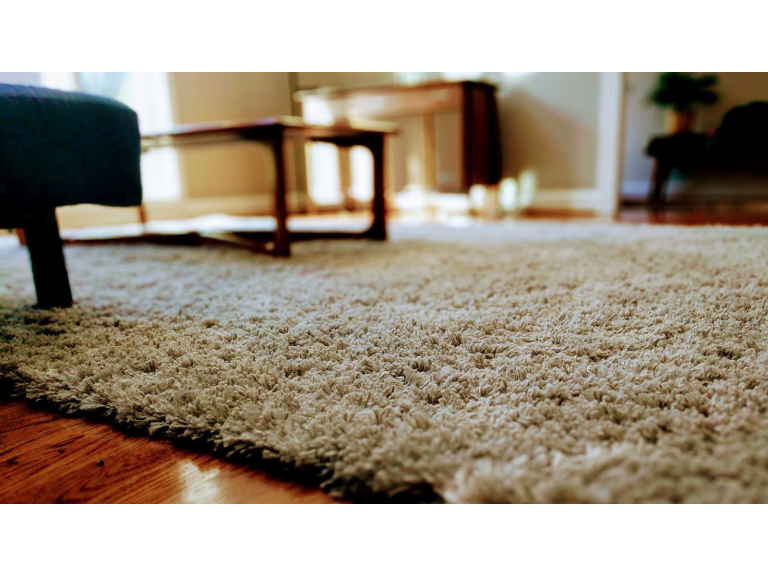
If you want to dye, you will be turning your textile product like fabric, fiber, and yarn into the colors that you choose. You can only perform the task using some of the unique dye solutions that consist of the chemical and dye solutions. It is something familiar because it aims to add the color to your fabric so that it can increase the value of the material. However, there are some commercial dyeing houses that you can find working on commission basis.
It is also possible to dye when at home when you select the correct technique. For earlier dyes, they were coming from natural sources like animals and plants. In the current days, various human-made artificial colours are used in maintaining your color stability after washing and regular use.
When dying, all the methods are correct, but you have to keep in mind the type of your rug's fabric. Here are the ways you can use to dye your carpet:
Pre-dyeing
It is where you will dye your fibers before tufting into rugs. In pre-dyeing, there are some of the sub-types that you will need to know:
Stock dyeing: In stock dyeing, the yarn will be dipped inside the bath of the dye. You will need a vat while using this dyeing process. When you have a vat, you can place your yarn into the vat that contains the dye and then heat at extreme pressure. It is the pressure that will force the colors into your rug's fibers, and they will be colored. If you are done, you can spin so that you can remove excess water and then heat for drying the color. It is a conventional method that you can use when you want to dye nylon fabric, polyester, acrylic, and wool.
Solution dyeing: It is a conventional method that most people use worldwide. It is a spun dyeing where the threads or fiber get dyed and therefore spreading that dye throughout your fabric. Here, a colored pigment will mix with yarn fibers polymers that are weaved into one another. It will consequently cause an inherent part of the color of the fiber. It will therefore not remain on the surface of post-dyeing. The color will stick permanently to those fibers and will not be affected by exposing to sunlight or washing the fabric. The only challenge is that there are limited colors.
Post-dyeing
It is a process that you can use after turning yarn into an antique rug appraisal. It is therefore divided into some sub-categories.
Beck is dyeing: it is an expensive method for bulky yarn fibers. Here, the long rolls of rugs are placed into a stainless steel tank that contains dye. There is an increase of temperature for it to allow the fibers in the absorption of the color.
Continuous dyeing: here, the spray jets apply the dye on your rug using an ongoing process as it moves forward and backward throughout the dye range. Later, the carpet will be steamed for it to allow the dye in setting into the fibers. It is a technique that is known to reduce the rug's cost and an effective method for residential mats.
Simon Hopes is a well-known author who has been writing articles and blogs on topics related to business, health, food, travel, fashion, etc. since many years. Owing to influencing readers beyond geographical...
The following Cookies are used on this Site. Users who allow all the Cookies will enjoy the best experience and all functionality on the Site will be available to you.
You can choose to disable any of the Cookies by un-ticking the box below but if you do so your experience with the Site is likely to be diminished.
In order to interact with this site.
To help us to measure how users interact with content and pages on the Site so we can make
things better.
To show content from Google Maps.
To show content from YouTube.
To show content from Vimeo.
To share content across multiple platforms.
To view and book events.
To show user avatars and twitter feeds.
To show content from TourMkr.
To interact with Facebook.
To show content from WalkInto.